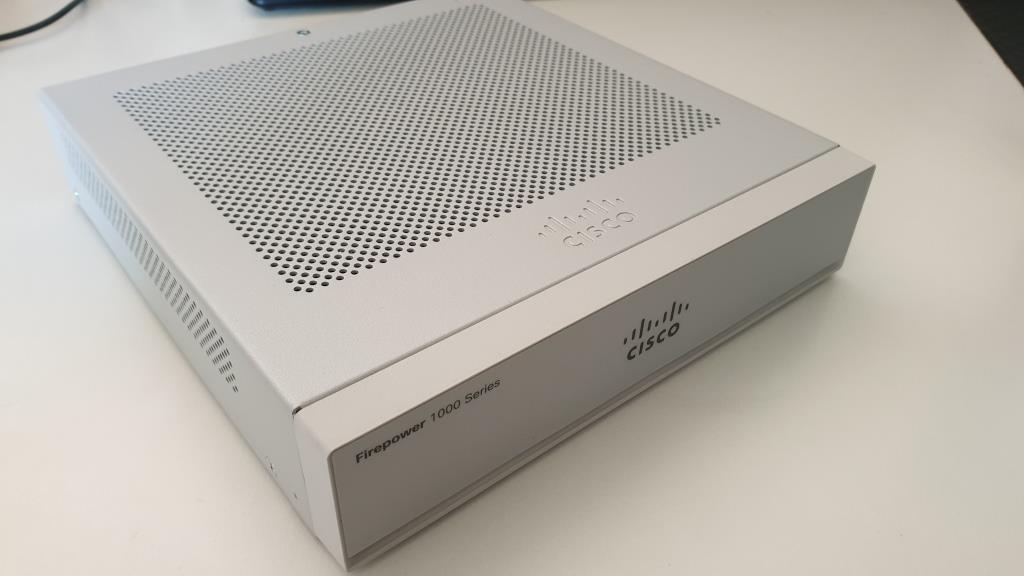The next topic in our serie are VLAN Technologies. CCIE+Enterprise+Infrastructure+(v1.0+RevA)+Exam+Topics.pdf (cisco.com)
1.1.c vi Normal range and extended range VLANs
Whenever we talk about VLANs we must understand that the amount of possible used values are limited. The VLAN Identifier field (VID) offers 12 bit space within a frame to be tagged with a specific VLAN. The maximal amount of values within 12 bit is 4096.
That means that we can choose VLANs between 1 – 4094 Depending of the model used they may be some reserved IDs for internal use within the switch system. Why not 0 and 4095? 0x000 and 0xFFF are reserved for other purposes.
The normal range VLANs are 1-1005. Starting with 1006 and ending in 4094 inclusive, these VLANs are called extended range VLANs. Under Cisco the extended range can only be used, if we enable VTP.
Can I use all of them?
The answer is no, there are some reservations. Depending on the model you are currently using it is possible that there are more VLANs reserved for internal purposes. As an example on a Nexus 9k switch the system reserves a block of 128 VLANs between 3968-4092. The IDs 4093 – 4095 are reserved for other purposes. The block mentioned before can be changed by issuing the command ’system vlan 500 reserve‘, is is gonna reserve vlan 500 – 627 instead of the oters mentioned aboved.

